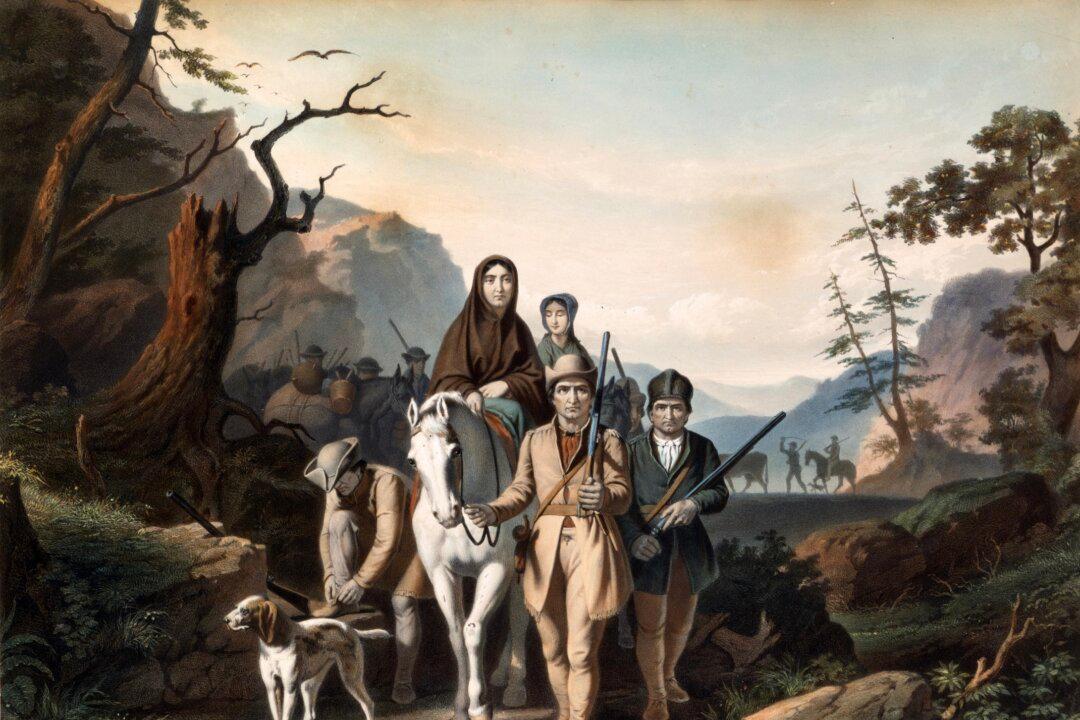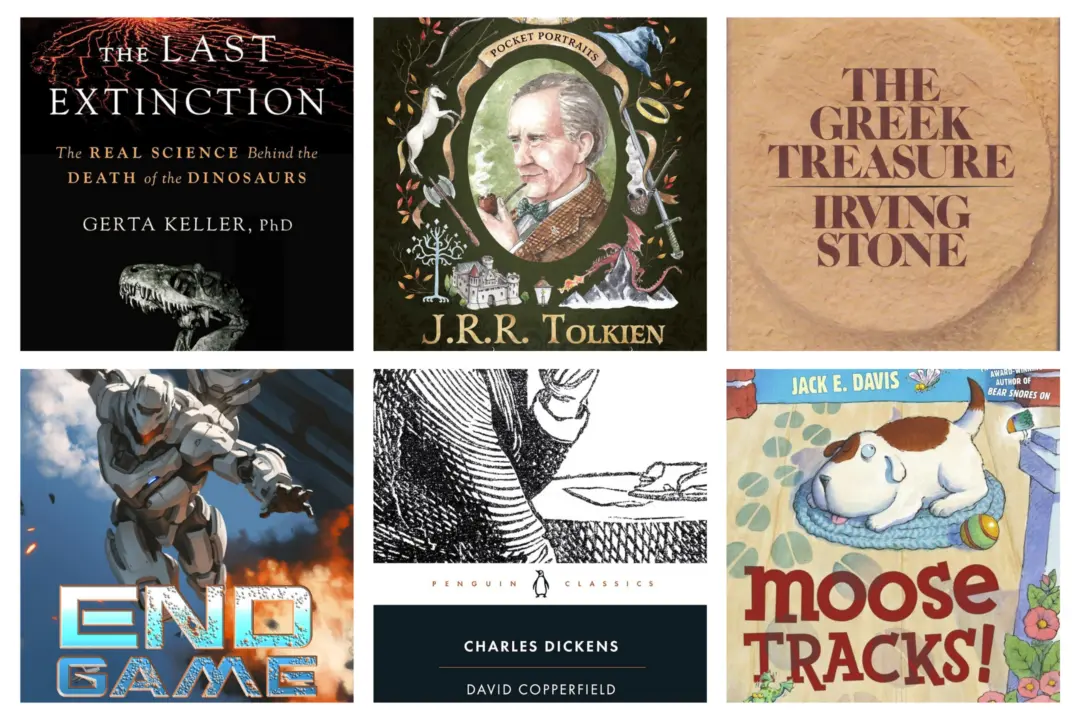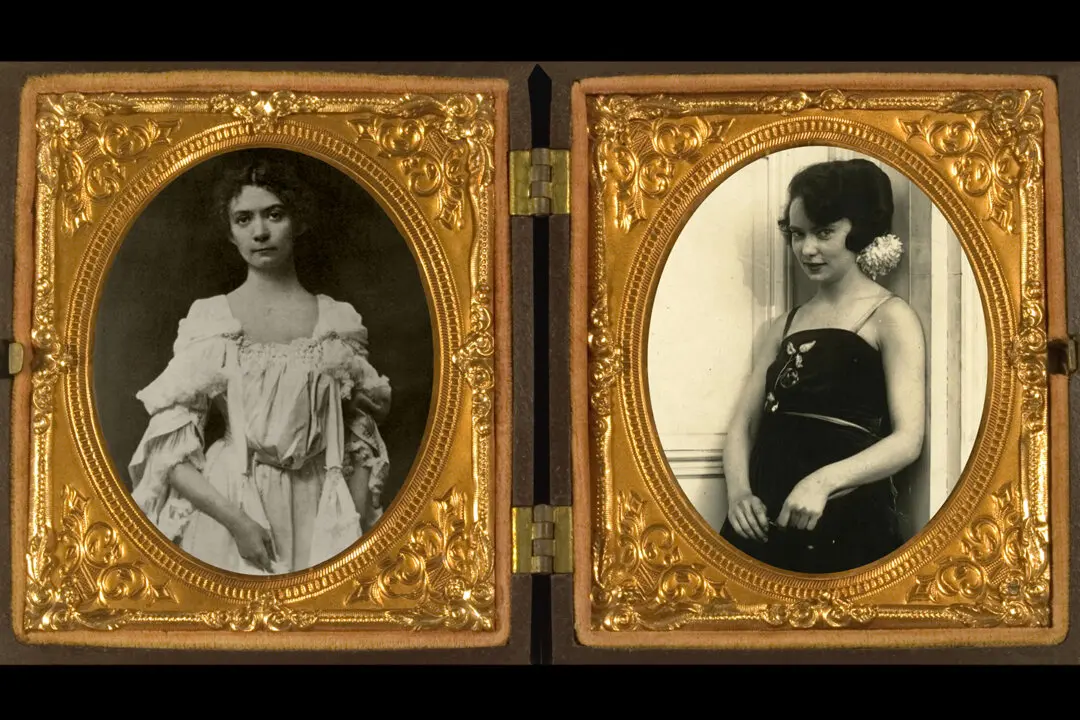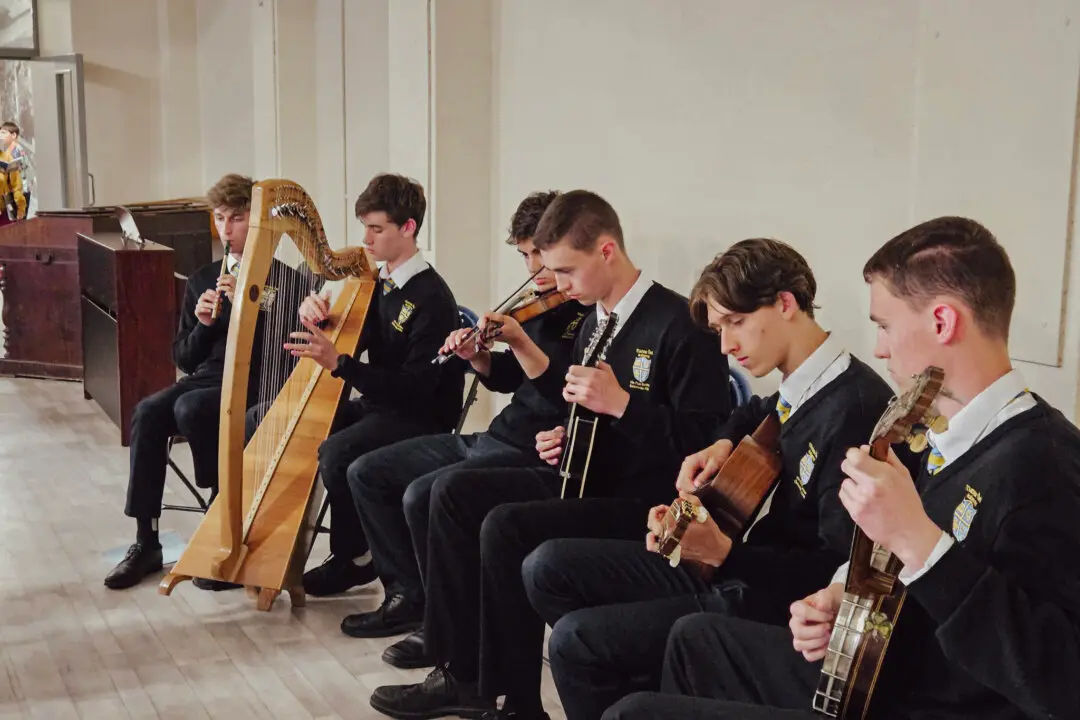In “Daniel Boone: The Life and Legend of an American Pioneer,” biographer John Faragher describes the 18th-century author John Filson as the stereotype of a “pedantic schoolmaster, a character perfected in Washington Irving’s portrayal of Ichabod Crane”—referring to the protagonist in the short story, “The Legend of Sleepy Hollow.” In 1783, Filson migrated to Kentucky, where he was speculating in land. There, he wrote a book containing a description of the land, a detailed map, and an account of one of the settlers he met, explorer and pioneer Daniel Boone. “The Adventures of Col. Daniel Boon” made Boone famous internationally. The book remains in print today.
The Man in Brief
Born in Pennsylvania, Daniel Boone (1734–1820) spent his adolescence hunting in the fields and forests around the family farm. Early on, he developed the outdoor skills that he would use and hone for the rest of his life. He received a rudimentary education from family members, and so, unlike many of the hunters with whom he would spend so much of his life, he was able to read and carried books with him into the wilderness.






